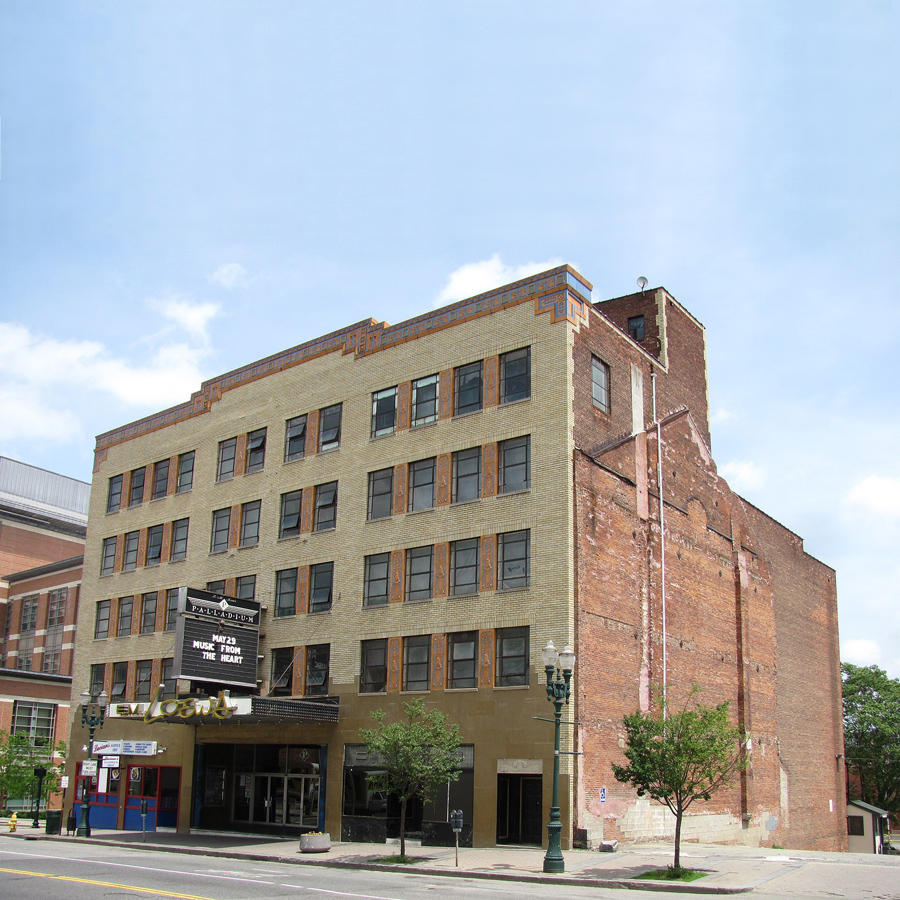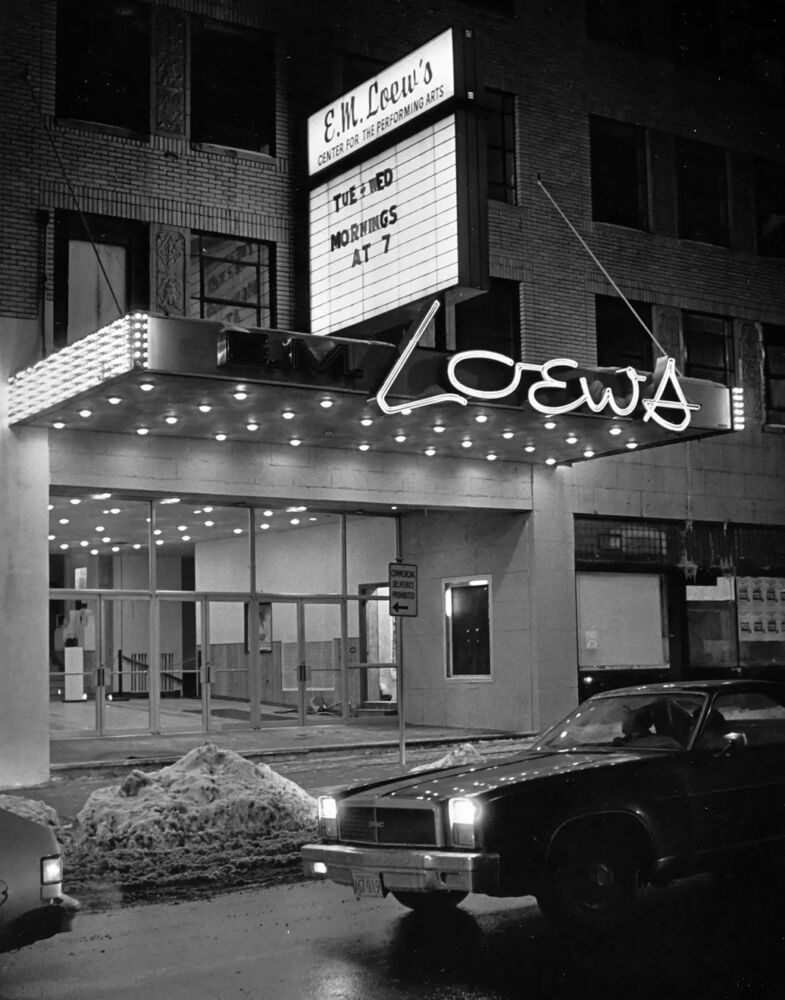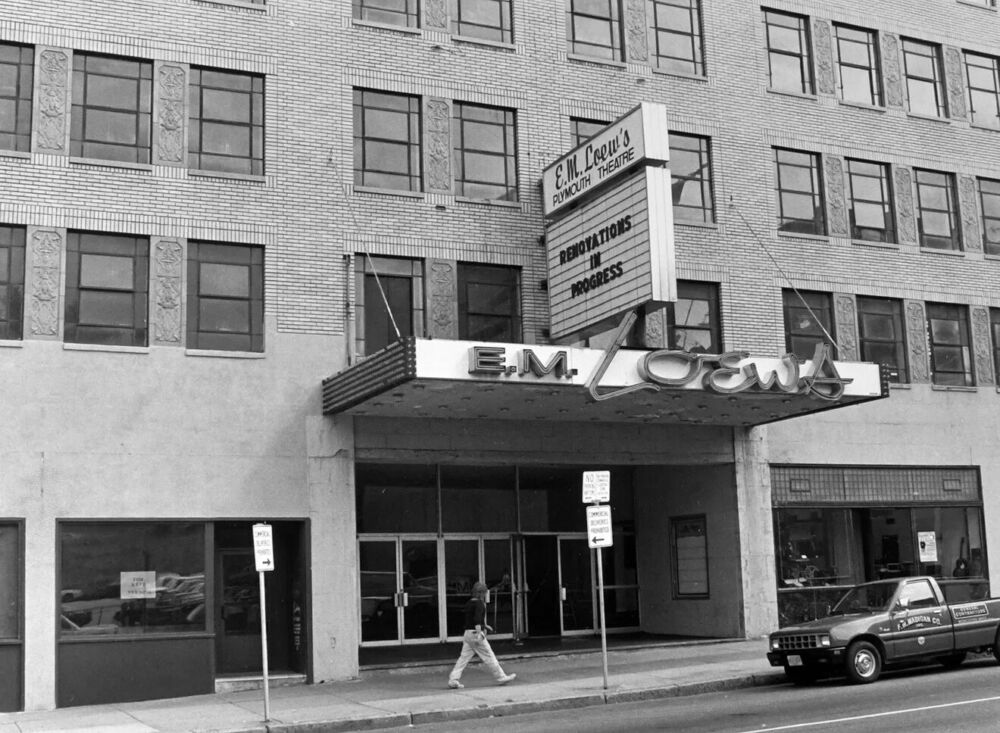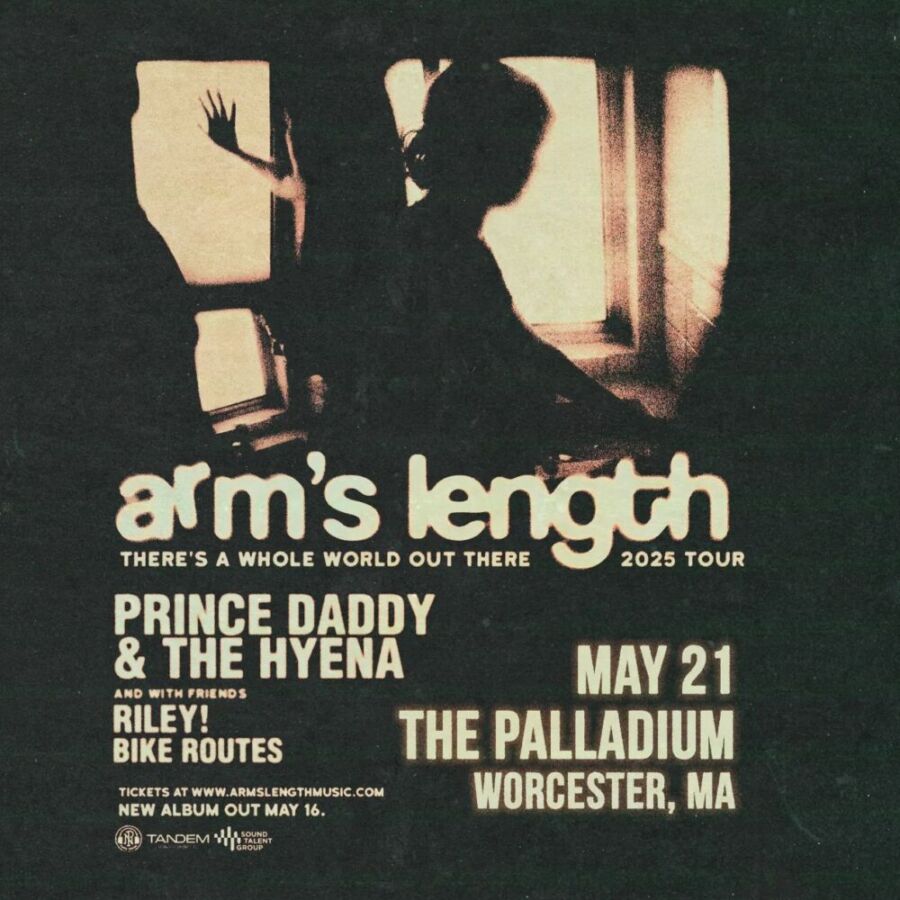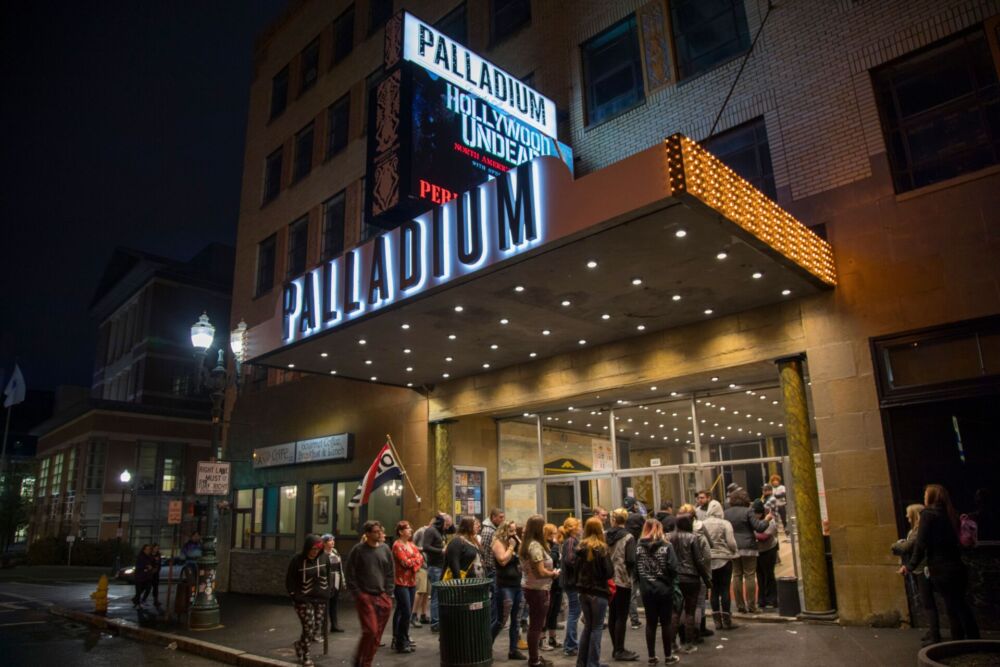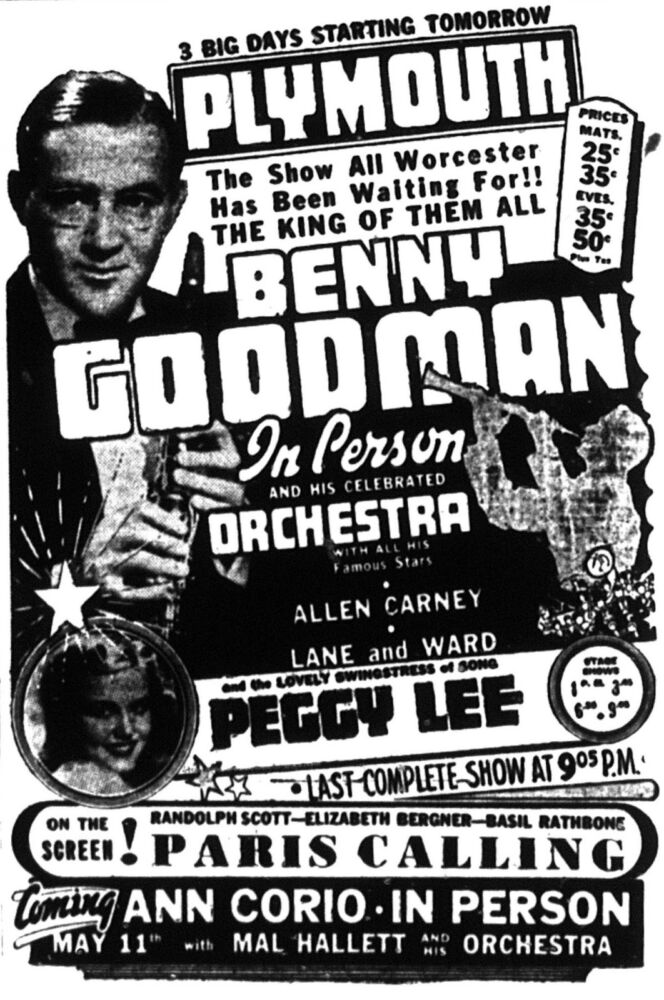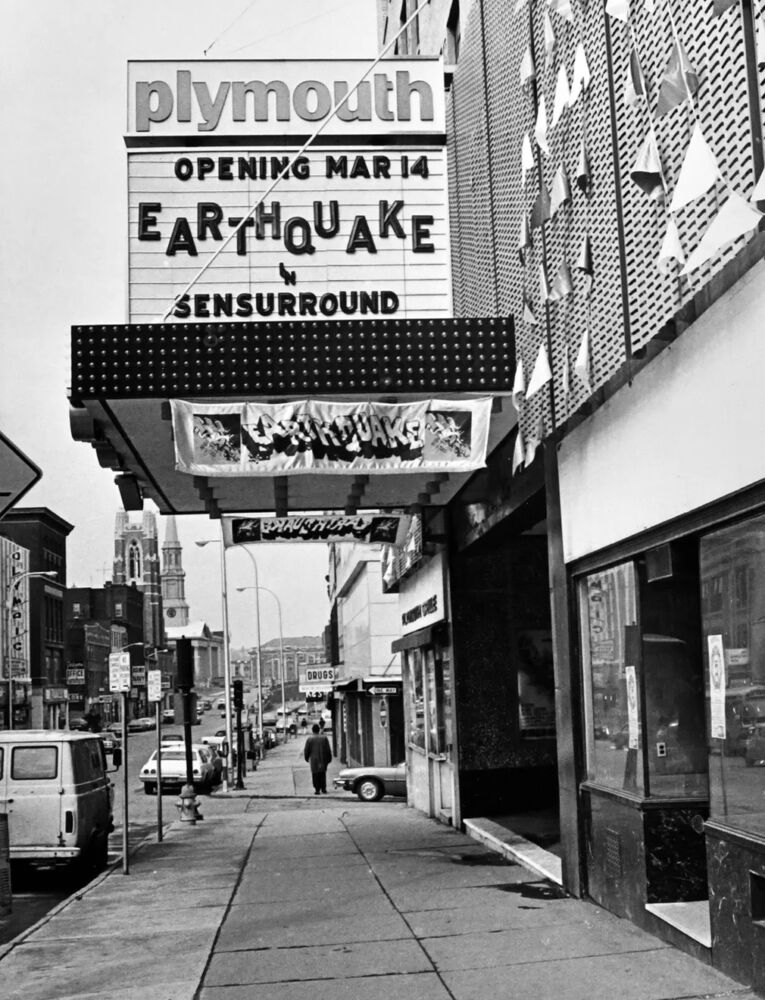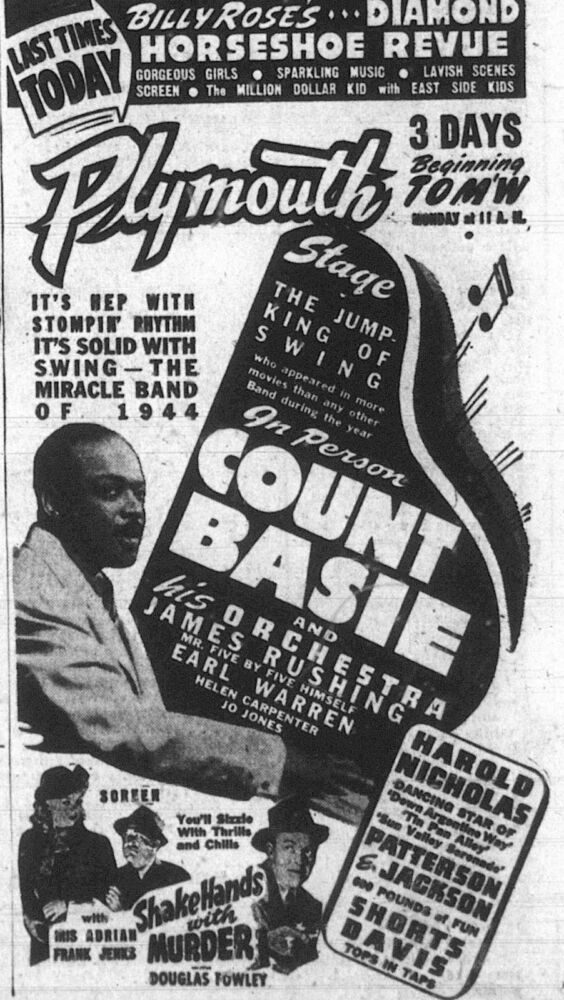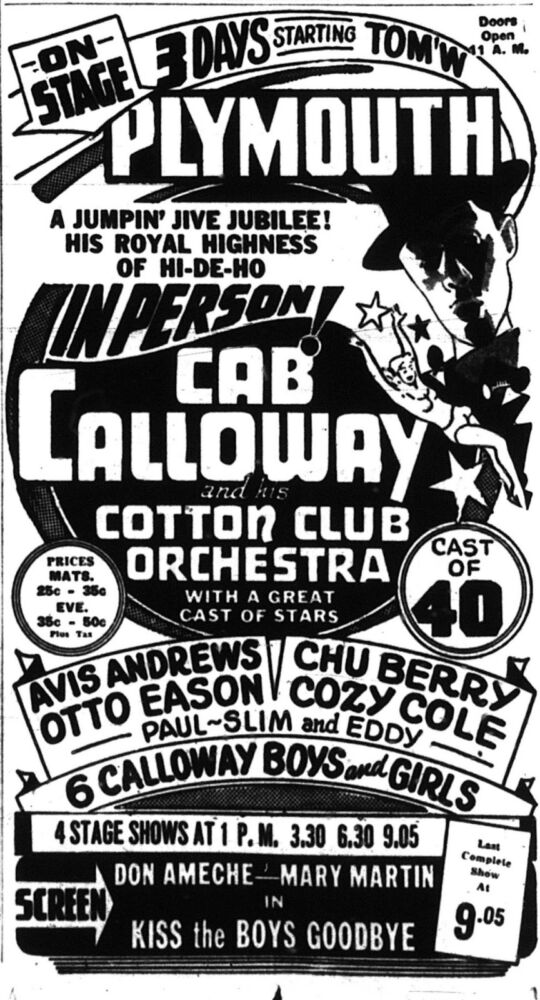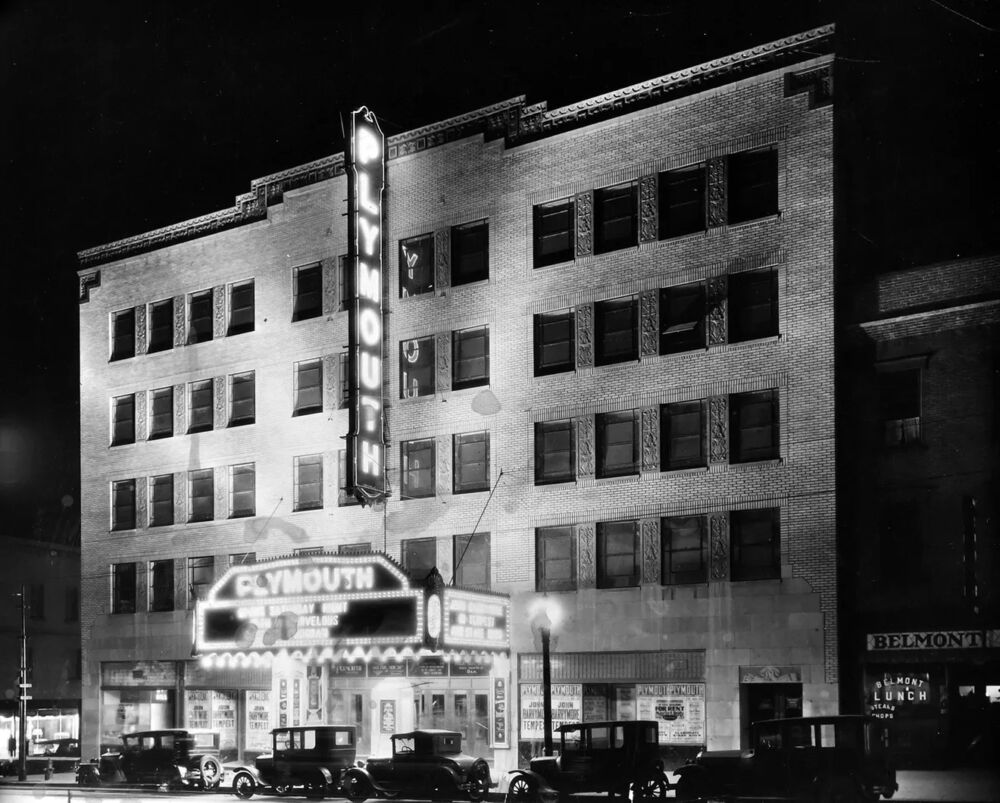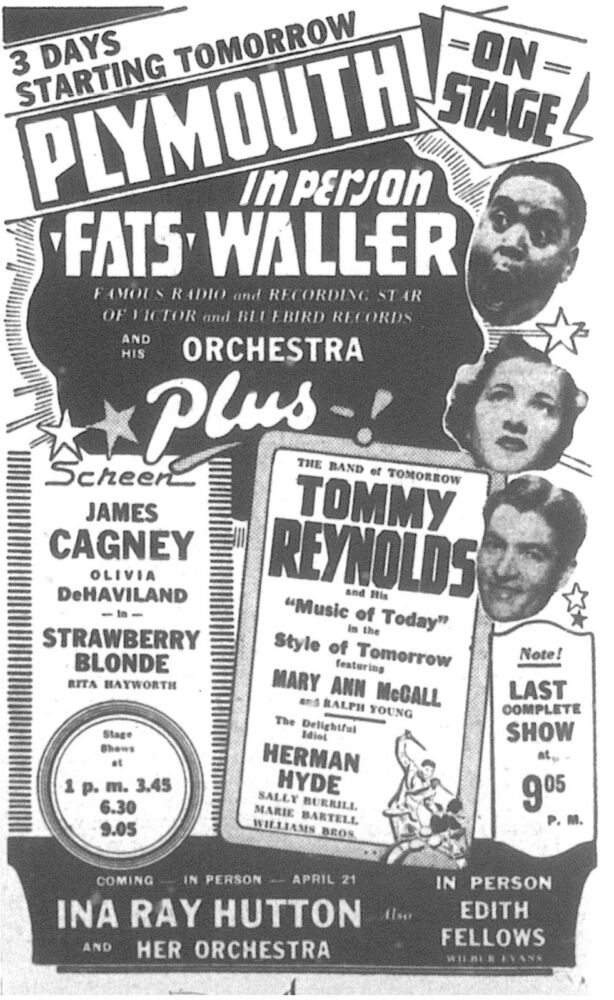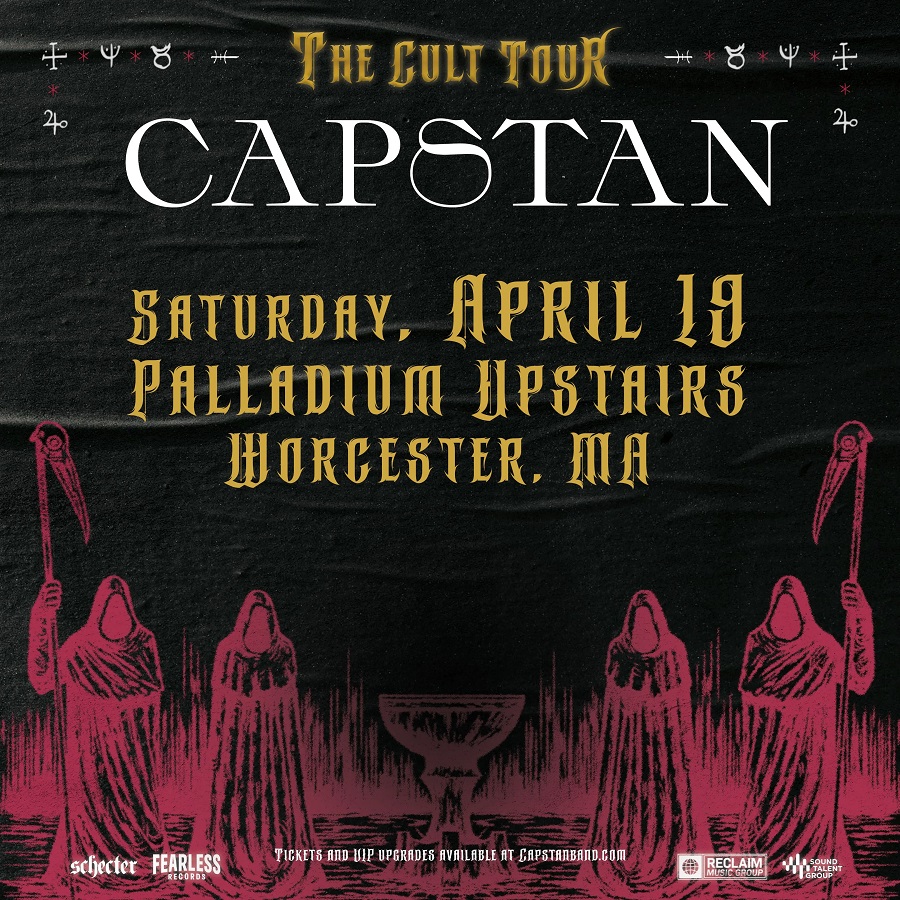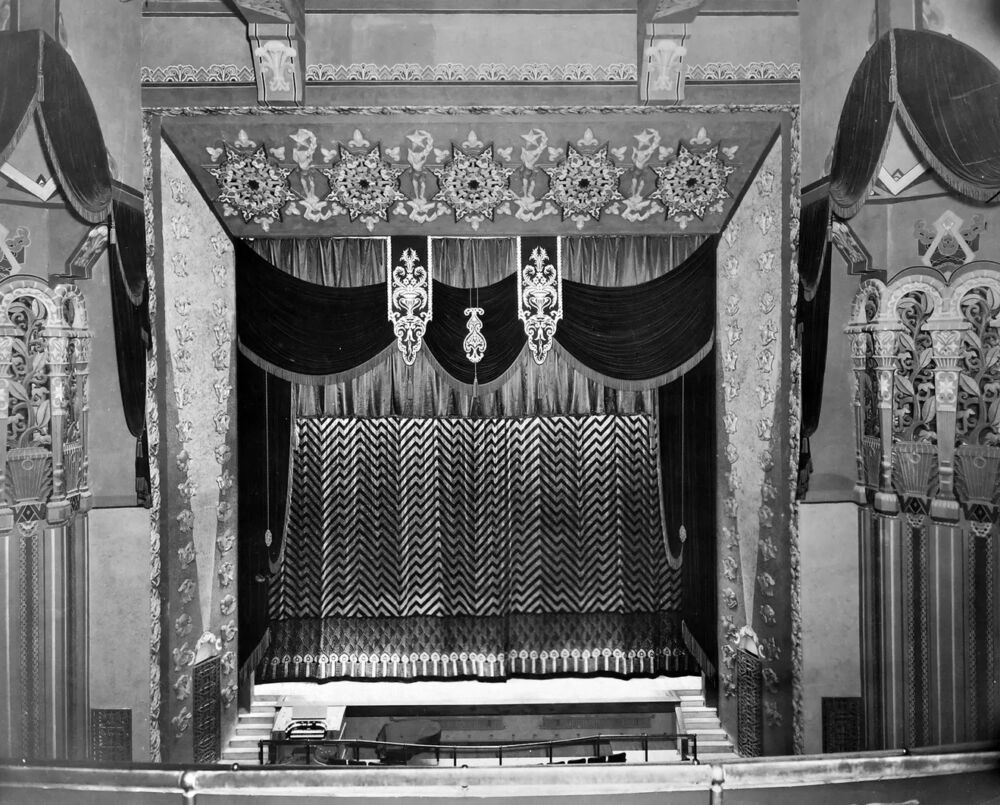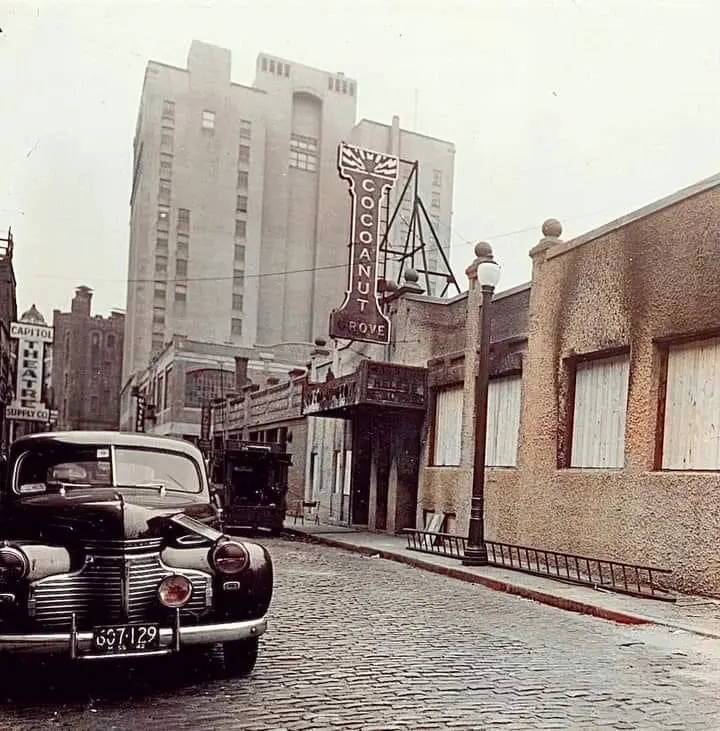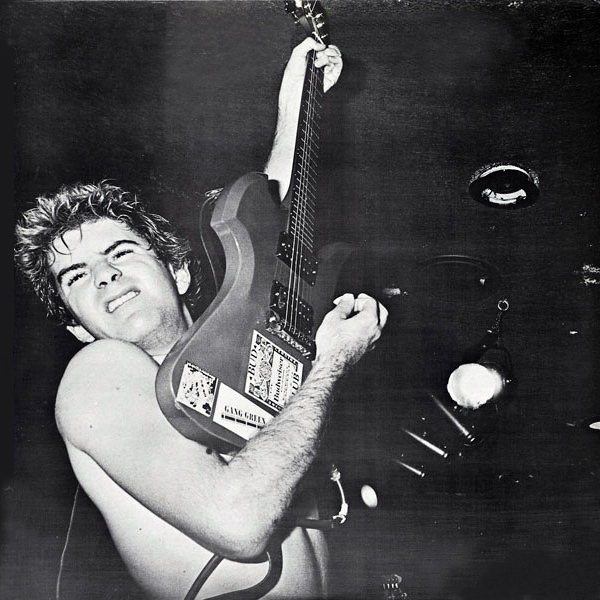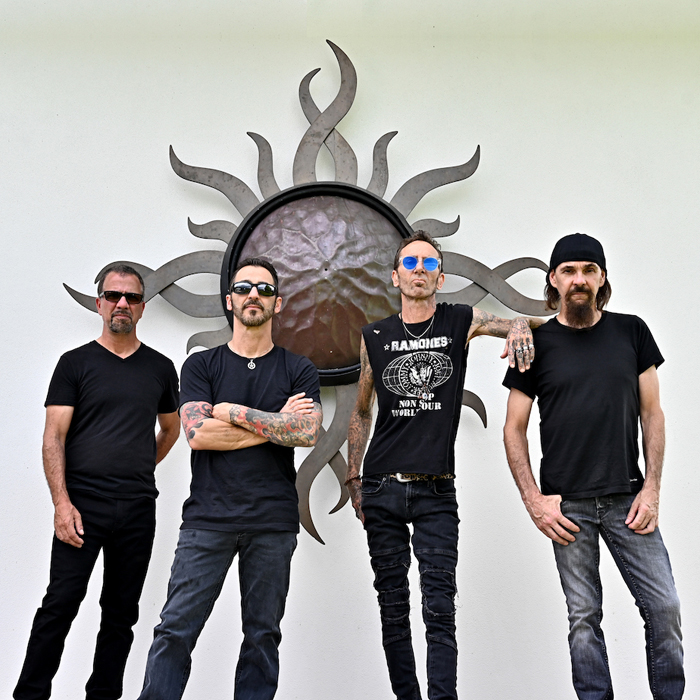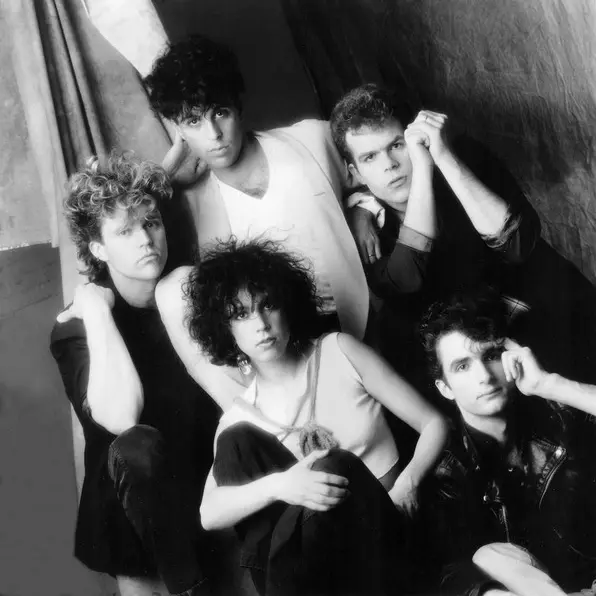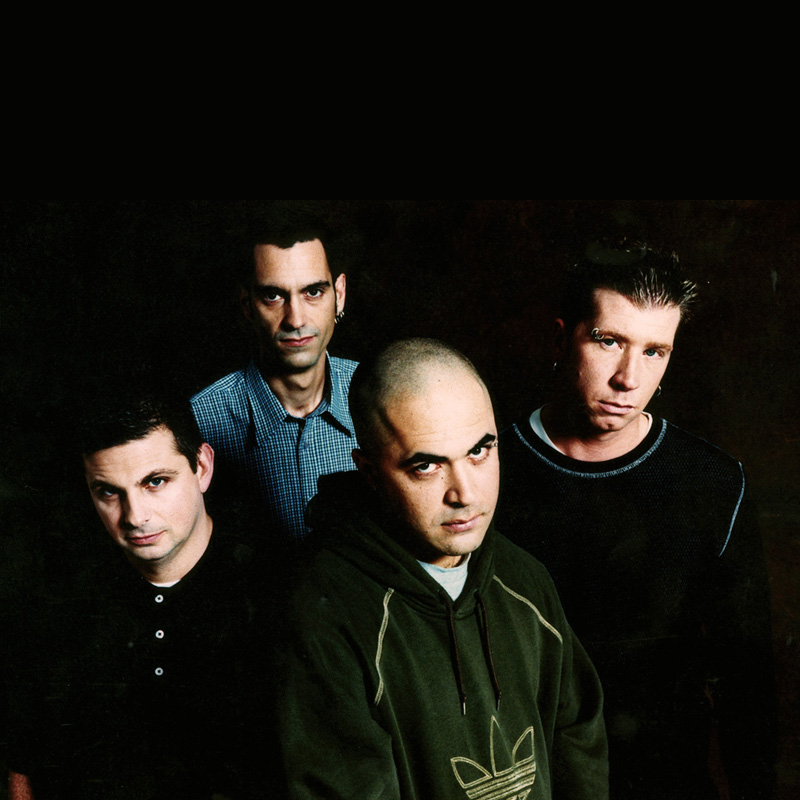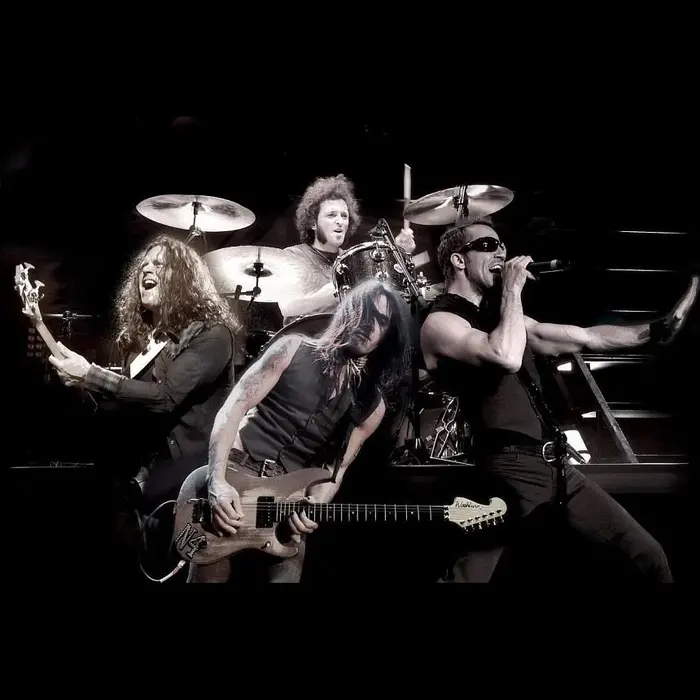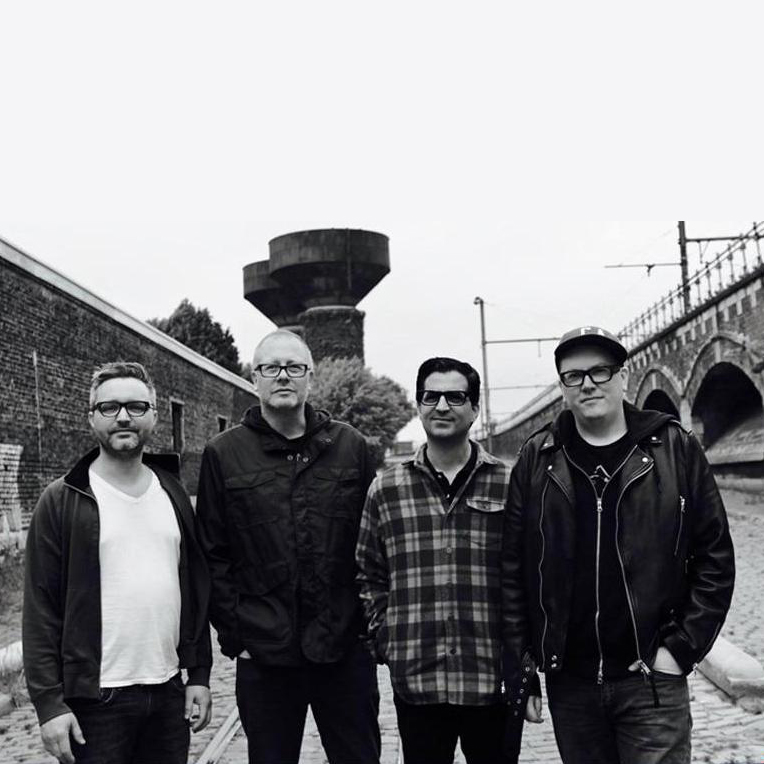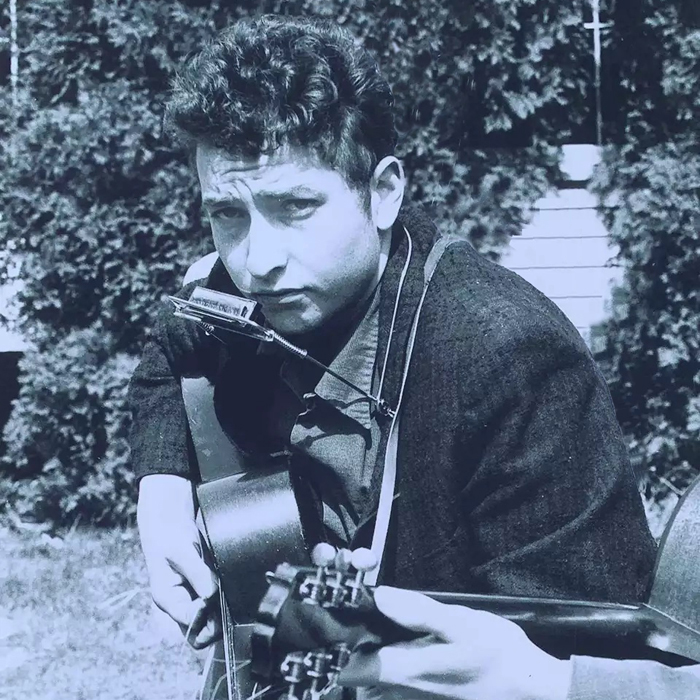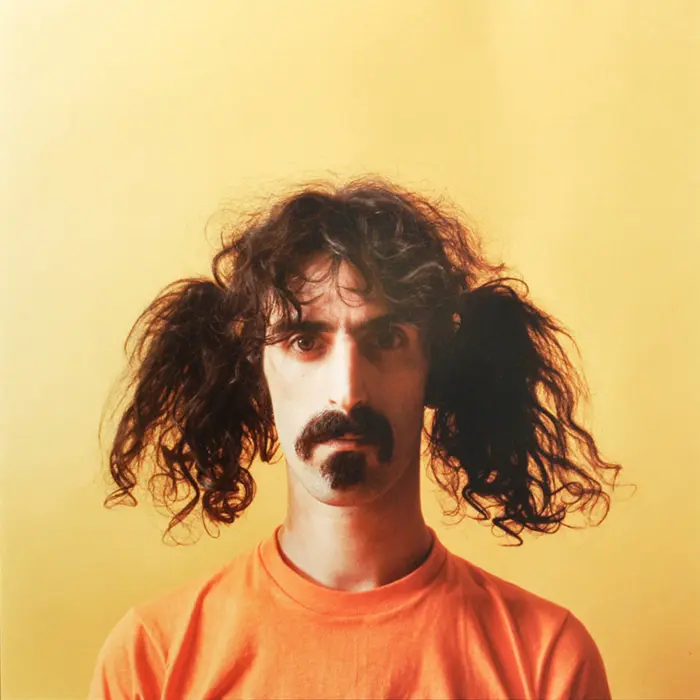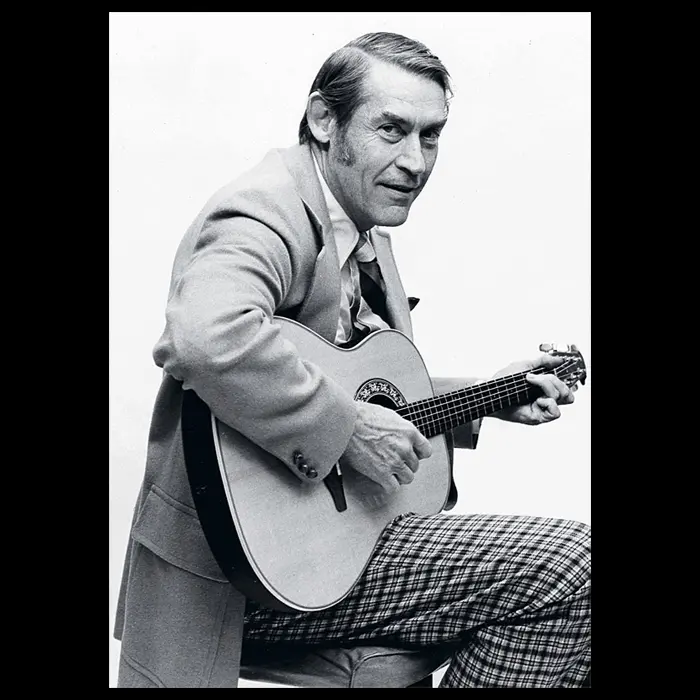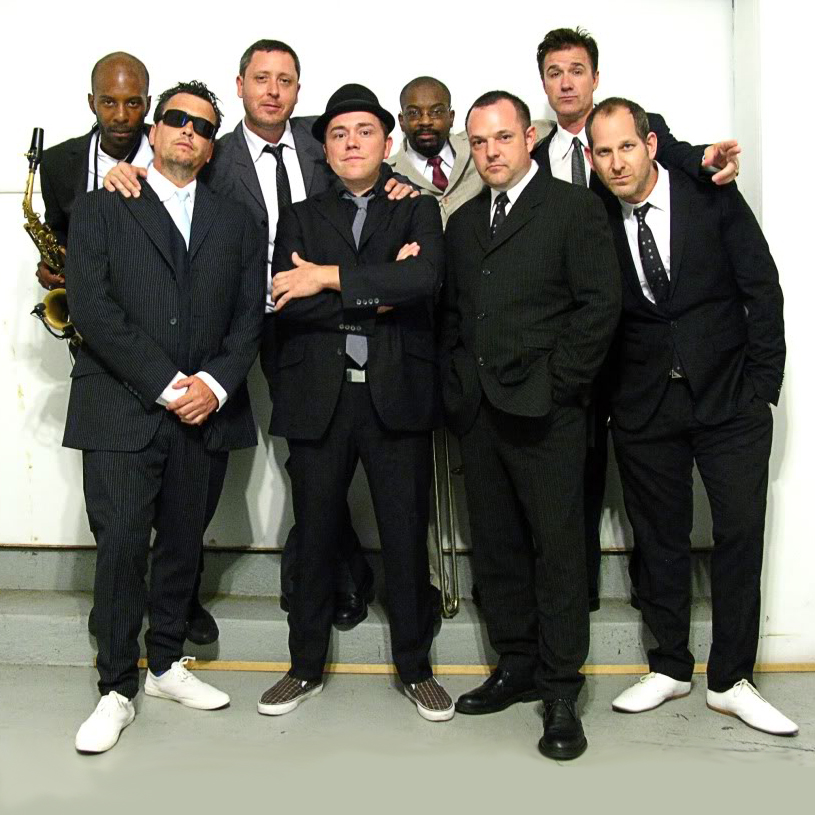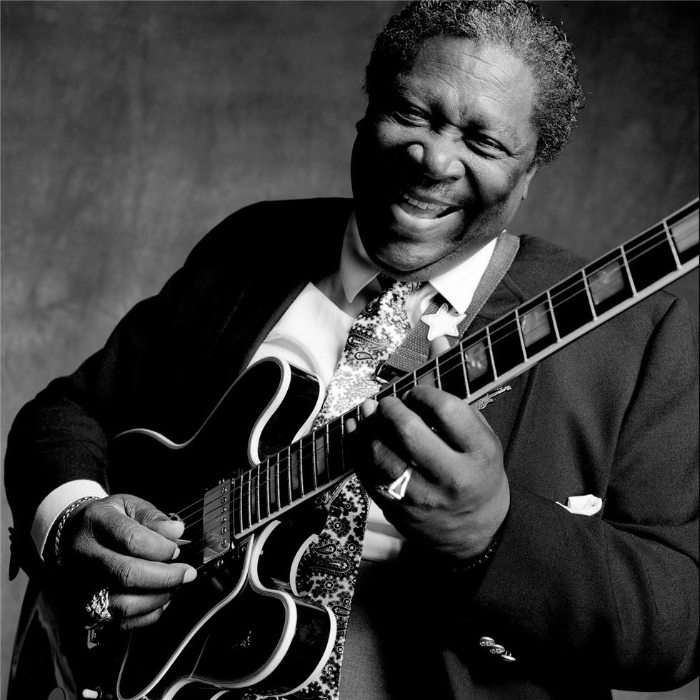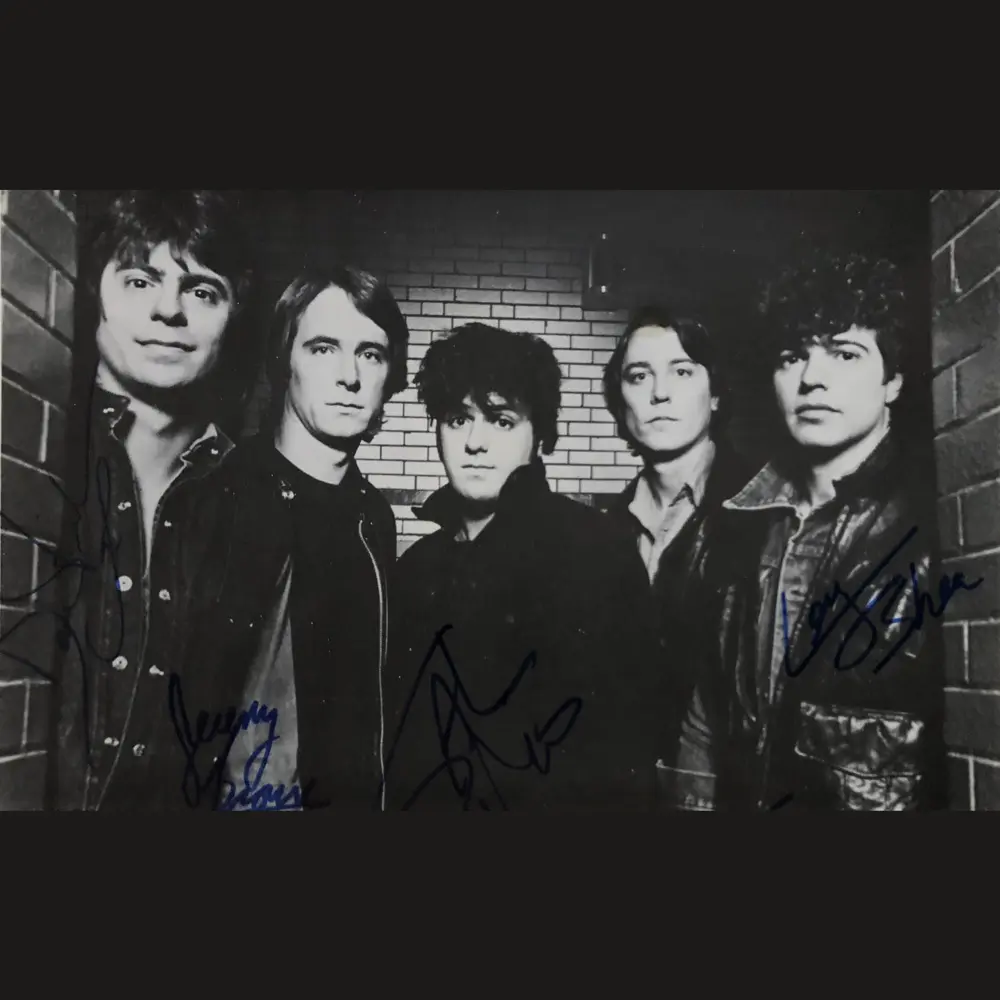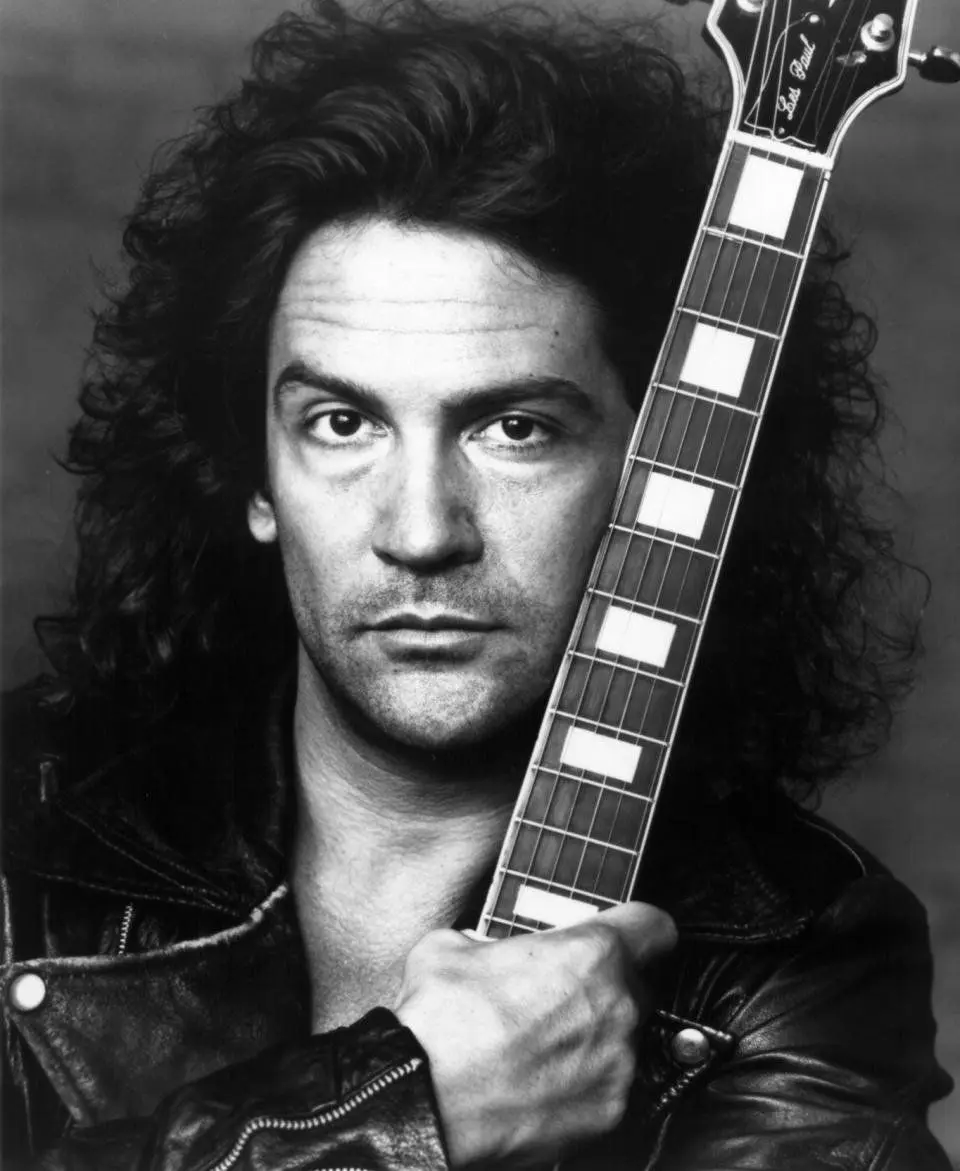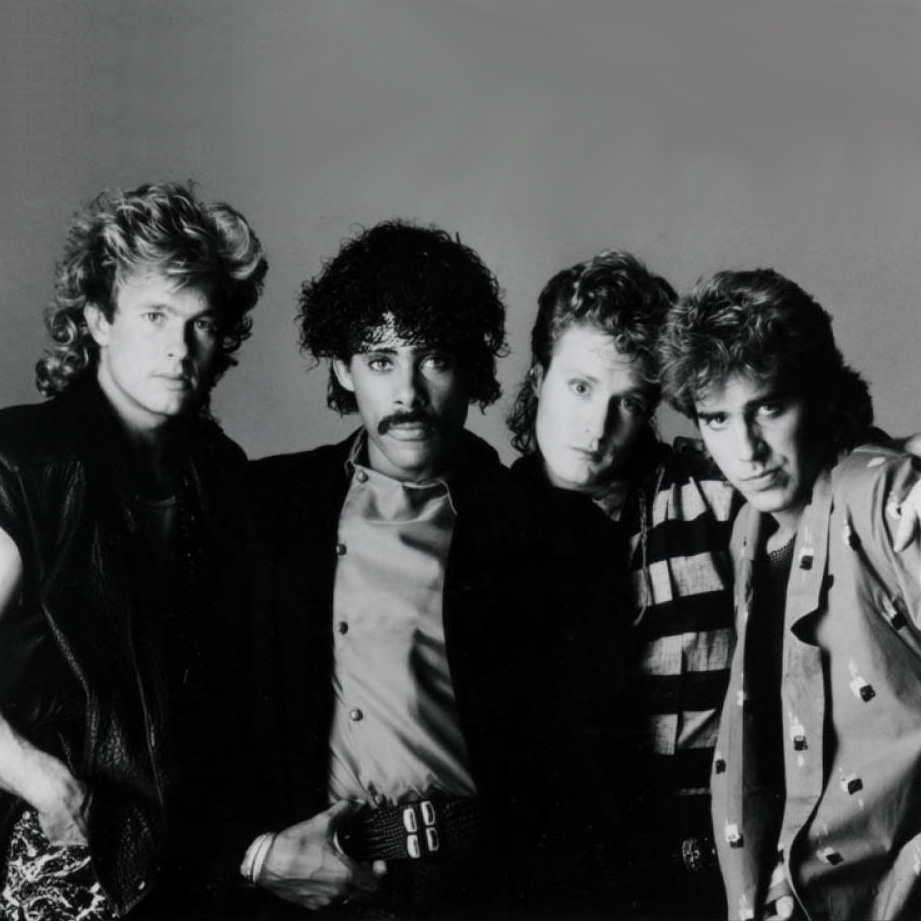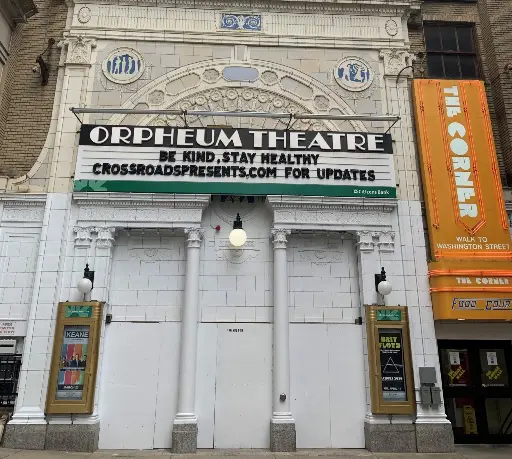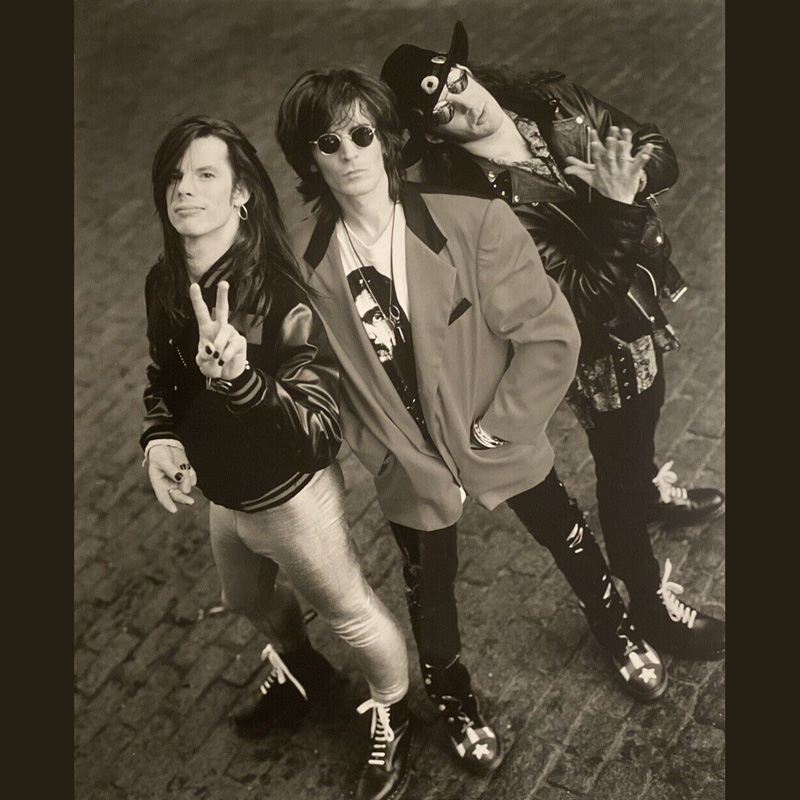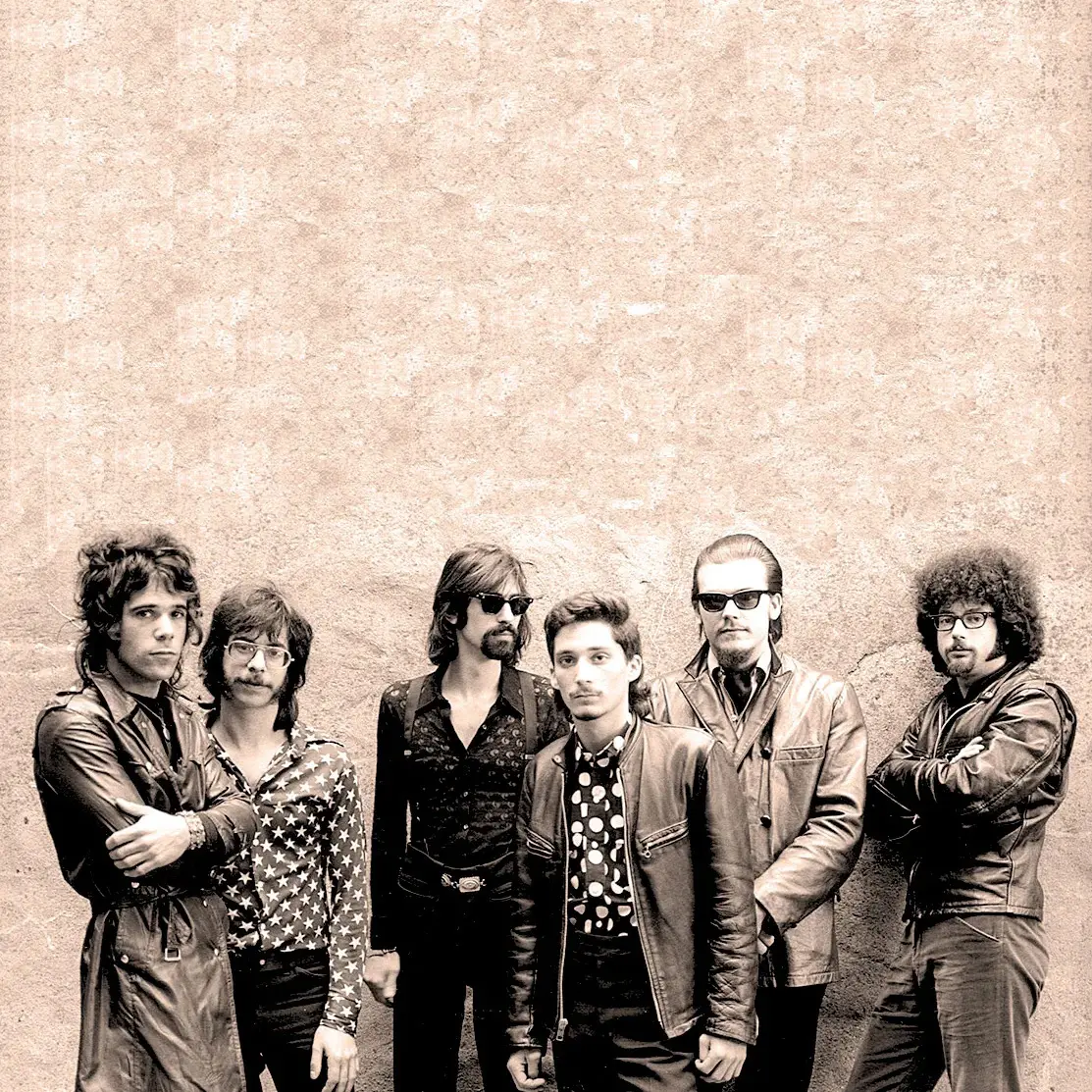The Worcester Palladium
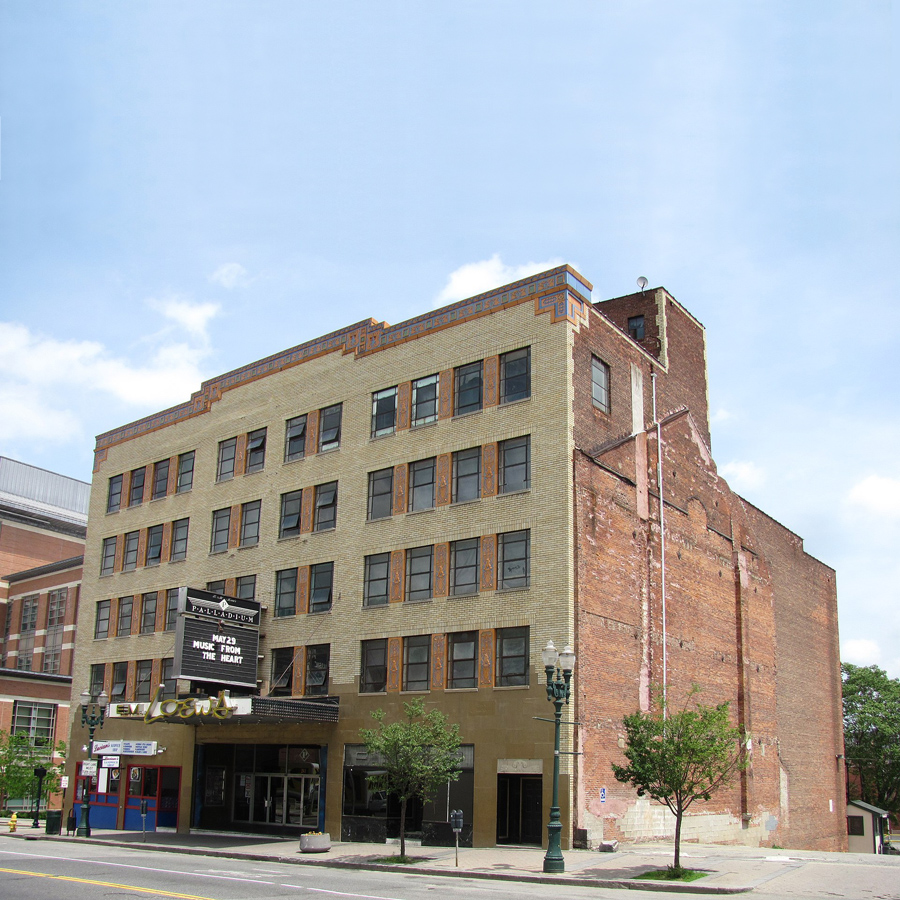
Like Boston’s Orpheum Theatre, The Palladium in Worcester, Massachusetts became one of New England’s premier spaces for live music, particularly rock, after having its fair share of commercial ups and downs (and several different names) during its first decades of existence. And the venue’s history, much like the Orpheum’s, provides a fascinating portrait of the American entertainment landscape over the past century, The Palladium having presented feature films, movie shorts, stage shows and vaudeville in the 1920s, jazz combos, big bands and pop vocalists in the ‘40s, feature films, musicals and opera in the ‘60s and ‘70s and an expansive range of popular music since the ‘80s.
OPENING, EARLY EVENTS, 1940S NOTABLE APPEARANCES
The 2,660-seat venue opened as the Plymouth Theatre on November 28, 1928 at 216 Main Street, designed by architect Arlan W. Johnson, who also designed theatres in New York, Connecticut, Pennsylvania, Michigan and Indiana, and it was originally leased by Alfred Gottesman Theatrical Enterprises. The inaugural events were a showing of the then-new film Tempest (starring John Barrymore) on the theatre’s 46×95-foot screen, movie shorts and organist “Buddy” Webber playing the venue’s Robert Morton organ, which was a popular instrument in “movie palaces” of the era. On opening night, the lavish foyer was decorated with baskets of roses and other flowers provided by businesses in the area, the stage was covered with flowers and palms and Gottesman invited many of the night’s guests personally.
Just seven months later, however, in June 1929, the Plymouth closed its doors (reportedly due to “management problems”) and remained shuttered through the ‘30s as the Great Depression crippled the US economy. After reopening in the early ‘40s, it became one of New England’s swingin’est, swankiest spots for world-class jazz – Worcester’s equivalent of Boston’s Cocoanut Grove (without the tragic fire) – with tickets priced at 35 cents for matinees and 50 cents for evening shows. Among the acts that appeared were Cab Calloway, Peggy Lee, Ina Ray Hutton, The Ink Spots and orchestras led by Count Basie, Benny Goodman, Harry James, Stan Kenton, Louis Prima, Charlie Barnet, Fats Waller Louis Jordan, Erskine Hawkins, Bobby Byrne, Tommy Tucker and Johnny Long.
E.M. LOEW’S THEATRES, 1980S NOTABLE APPEARANCES
Theatre mogul Elias M. Loew purchased the Plymouth in 1965 and closed it for renovations until December 30, 1967, when it reopened with a showing of The Ambushers (starring Dean Martin). During the rest of the ‘60s and into the ‘70s, the economic decline of the north section of Main Street had a negative effect on Worcester’s businesses but the Plymouth’s impressive stage, huge screen and sizable seating capacity made it the top venue in the area for large-scale musicals, operas and first-run films. The theater closed for renovations again in 1973, re-opening in 1975 with Earthquake (starring Charles Heston and Ava Gardner), but closed just 11 weeks later for the better part of five years.
In April 1980, after extensive renovations, the Plymouth became E.M. Loew’s Theatre of Performing Arts, with the Robert Morton organ being removed and installed in a private residence. The first show was a touring production of the musical “A Chorus Line,” but between mid-1980 and mid-1990 the venue took a very different direction, presenting a bevy of well-known and up-and-coming acts ranging from rock, protopunk, pop and new wave to blues, country, funk and jazz, including Boston-based bands The Stompers, Jon Butcher Axis, ‘Til Tuesday, The Neighborhoods, The J. Geils Band and The Joe Perry Project.
Other acts that appeared in the ‘80s included Captain Beefheart & His Magic Band, X, Plasmatics, Warren Zevon, Peter Gabriel, B.B. King, Adam Ant, Stray Cats, Jerry Lee Lewis, Johnny Cash, Chuck Berry, Stevie Ray Vaughn, Greg Khin Band, Billy Idol, Jerry Garcia Band, Max Creek, The Call, The Tubes, Triumph, The Psychedelic Furs, Bobby & The Midnites, Alice Cooper, Frank Zappa, Chuck Mangione, The Ramones, The B-52’s, The Fixx, Alvin Lee, Utopia, Mel Tillis, Conway Twitty, Glenn Campbell, George Thorogood & The Destroyers, Stryper, John Kay & Steppenwolf, The Guess Who and Blue Öyster Cult.
THE PALLADIUM, CLUBLAND, 1990S NOTABLE APPEARANCES
In mid-1990, Worcester-based lawyers John C. Fisher and John L. Sousa bought the theatre, renaming it The Palladium. A nightclub operation leased the space and established ClubLand, which lasted exactly one year and one week – from late 1990 until late 1991 – but hosted several well-known artists including Billy Squier and Pat Benatar. The venue’s reputation for heavy metal and hardcore started in 1992 with shows by Pantera, Trouble, White Zombie, House of Pain, Danzig, Sam Black Church, Slapshot, Murphy’s Law, The Dead Milkmen, The Mighty Mighty Bosstones and Butthole Surfers, though bands performing more standard rock also appeared that year, including The Band.
During the rest of the ‘90s, however, the roster expanded to include an even broader range of acts than the venue had presented as E.M. Loew’s Theatre of Performing Arts in the ‘80s, adding rap, ska and other genres. Among the acts that took the Palladium stage were George Clinton & The P-Funk All Stars, Dio, Soul Asylum, Blink-182, Motörhead, Slayer, Garbage, Rob Zombie, Björk, Gang Green, The Toasters, Staind, Sonic Youth, The Brian Setzer Orchestra, Sean Lennon, The Offspring, Sevendust, System of a Down, Insane Clown, Clutch, Twiztid, Tree, Eminem and Limp Bizkit. The Palladium has hosted the annual New England Metal and Hardcore Festival since its inception in 1999; it hosted SkateFest from 1999 until 2010 and the Rock & Shock Festival from 2004 until 2019.
JOHN PETERS, 2000S NOTABLE APPEARANCES, NEAR DEMOLITION
In 2001, John Peters, who’d been promoting shows at the Palladium since 1998 through his company, MassConcerts, became the manager of the venue, which hosted an eye-popping assortment of acts over the following decade, including New England-based Extreme, Face to Face, Godsmack, The Sheila Devine, Dropkick Murphys and Killswitch Engage. Among the dozens of others that appeared were Prince, Wu Tang Clan, Foo Fighters, Deftones, The Cult, Moby, Method Man, Ludacris, Bob Weir & Ratdog, Jay-Z, OutKast, Joe Strummer & The Mescaleros, 50 Cent, Black Eyed Peas, Judas Priest, Busta Rhymes, Mudvayne, Korn, Queens of the Stone Age, Ani DiFranco, Slipknot, Kayne West, The Black Crowes, Ratt, Ministry, Suicidal Tendencies, Skinny Puppy, Social Distortion, Bad Bunny, Gwar and Bob Dylan.
In July 2012, after owning the Palladium for 22 years, Fischer and Sousa asked the Worcester Historical Commission to grant a waiver allowing them to raze the building before the required 12-month waiting period to do so; following a massive hike in property taxes on the space, they cited an “economic hardship” clause that allowed demolition. “I’d rather not demolish the building, but the taxes have tripled and that’s caused us some serious problems,” Sousa told Bronislaus B. Kush of The Worcester Telegram & Gazette at the time.
In late December that year, however, Palladium manager and MassConcerts owner Peters purchased the building and ended all talk of demolition. Since then, hundreds of acts across a broad swath of the musical spectrum have appeared including Stone Temple Pilots, Black Flag, Yngwie Malmsteen, The Disco Biscuits, Machine Gun Kelly, Tech N9ne, Dokken and Soundgarden. “[The Palladium] has had a reputation for heavy metal and hard rock, but now our schedule is really diverse,” Peters told Telegram & Gazette‘s Richard Duckett in September 2017, adding that Bob Dylan has used the venue for rehearsals before heading out on tours. “In order to be successful, we need to be able to host all types of shows – country, metal, classic rock, jam bands, EDM and hip-hop.”
2017 RENOVATIONS, STAYING COMPETITIVE/PROFITABLE
The Palladium underwent major renovations in mid-2017, which included a fresh coat of paint for the entire interior and bringing back some of the art-deco details of its Plymouth Theatre years. Other improvements include a state-of-the-art lighting system, modernized heating and air conditioning, updates to the lobby, bars and bathrooms and a new roof. “We strived for a look that would make all types of acts and fans comfortable in the venue,” Peters told The Worcester Telegram & Gazette’s Duckett.
Asked how he’s managed to keep The Palladium competitive and profitable since becoming its owner in 2012, when the previous owners were very close to demolishing the historic structure, he said one reason is that the venue hosts concerts only, not other revenue-producing events such as graduations and weddings the way The Hanover Theatre and the DCU Center in Worcester do. A second reason is the venue’s relatively low overhead, Peters said. “Our expenses are less because we’re privately owned,” he told Duckett. “There are less mouths to feed. We can keep ticket prices lower,” adding that he sees The Palladium as a major part of Worcester’s revitalized cultural scene. “Everyone seems really bullish on the city,” he said.
(by D.S. Monahan)

